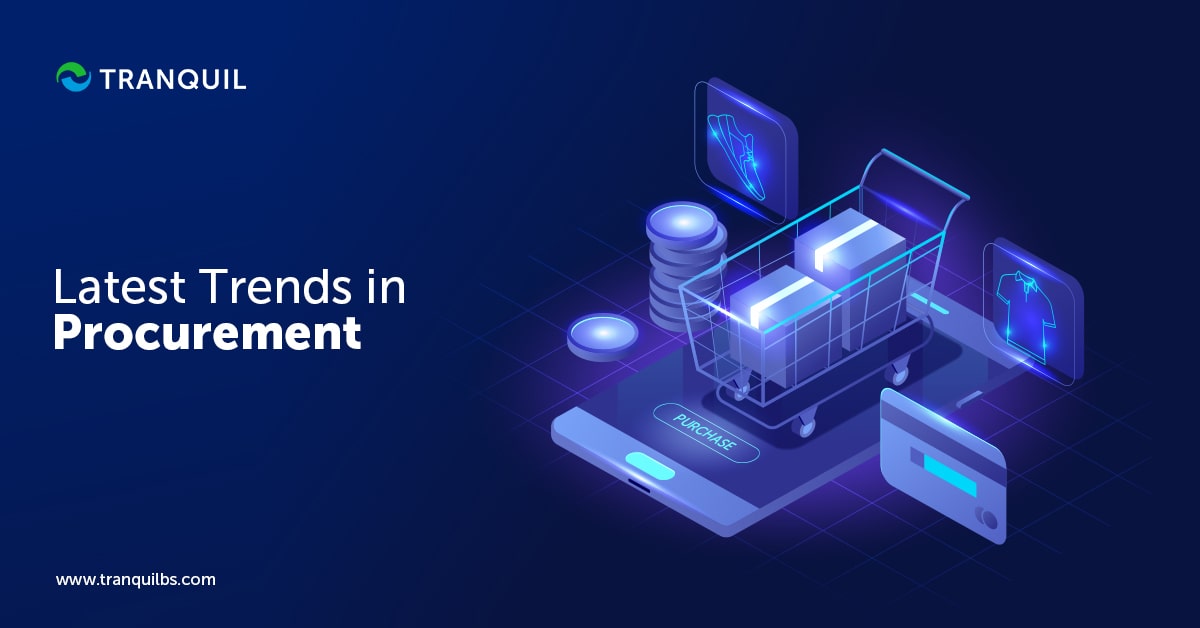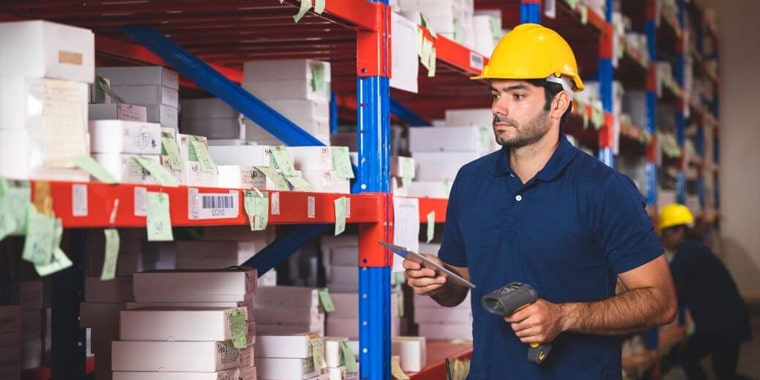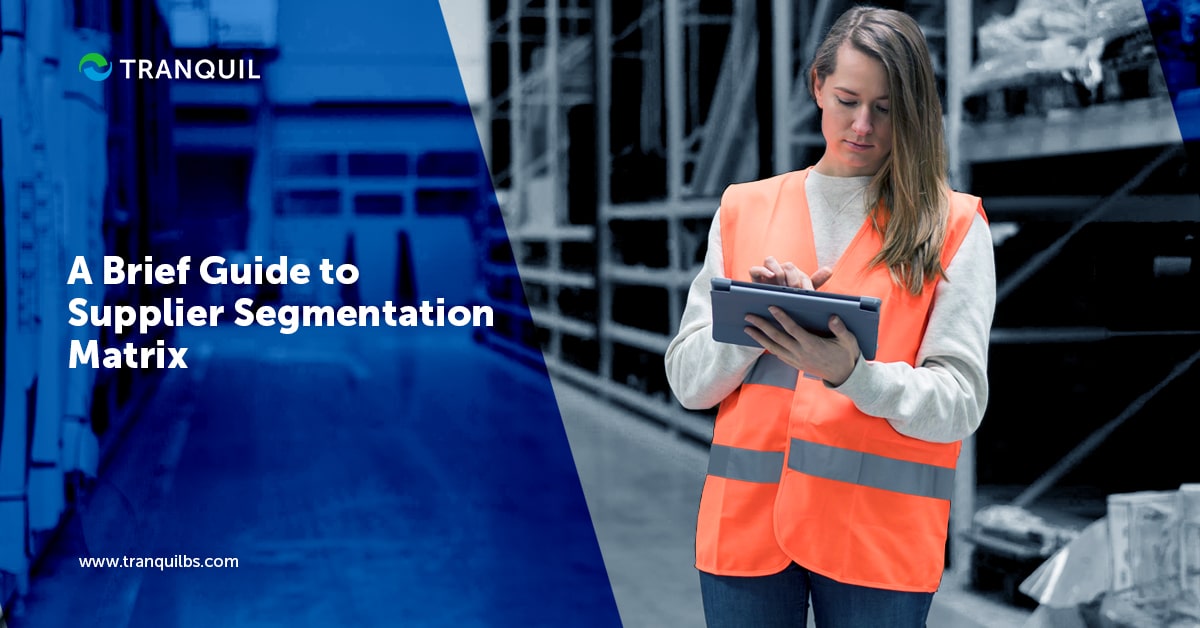
Latest Trends in Procurement
Though the world is limping back to normalcy post-Covid, procurement professionals still face several challenges, as the global supply chains have been disrupted – the war between Russia and Ukraine has added to it.
Obviously, procurement managers will have to form robust procurement strategies to keep costs down and get the best deals from vendors.
By studying the latest emerging trends in procurement for the year 2023, managers can decide on the right strategies.
Latest Procurement Trends of 2023
1. Sustainability
The whole world is veering towards sustainability in every sphere and procurement is no different.
Consumers today are conscious, and demand sustainably produced goods, compelling organizations to seek sustainable methods of production; and it starts with sustainable procurement.
Many large corporations are actually aiming for zero carbon emission operations, encouraging small companies to follow suit.
By showcasing your sustainable procurement and production methods to consumers, you can stand out in the market and earn a good reputation for being a responsible organization.
ALSO READ: Why Do Businesses Need Purchase Requisitions?
2. Supplier Safety Stock

Vendors were unable to deliver products or had delayed deliveries in the pandemic era, and its repercussions are still being felt today.
The delayed deliveries are still creating problems for many companies.
And now recession is setting in, in several parts of the world.
This is likely to reduced demand and over-supply or availability of goods in this year.
Procurement leaders have to be very careful so as to avoid situations of over or under-stocking, as either can cause huge financial loss to the company.
Inventory management software and forecasting tools can help in determining when and how much to order in such situations.
ALSO READ: Importance and Calculation of Safety Stock
3. Forging Strong Vendor Relationships
It is all the more important now for procurement leaders to build solid relationships with vendors.
It is this factor that will ensure timely delivery of products and materials.
When procurement leaders build robust bonds with suppliers, they can get their assistance to grow their business and can also help in confidence building.
The consumer landscape has transformed, and there is increased digitization, integration, and automation.
These factors are changing the ways of dealing with suppliers and building relationships with them.
When you have an excellent relationship with your vendor you can easily mitigate the common risks associated with procurement.
ALSO READ: Challenges Facing Purchasing and Supply Management
4. Increased Government Involvement
This is going to be one of the most critical of procurement trends.
The world is in a turmoil because of the after-effects of the pandemic and the ongoing Russia-Ukraine conflict, which is impacting international trade.
Disputes are increasing, leading to multiple problems, making it necessary for governments to intervene.
Supply chains are now looked at as important for national security, and the volatile situation can lead to increased government intervention in the sourcing and trading of materials and products.
There is an existing trade tussle between the US and China thanks to the deteriorating relationship between them, and this also impacts global supply chains, commodity prices, and investment decisions.
5. Emergence Of Digital Procurement

With an increasing number of businesses preferring to go digital, procurement also needs more investment to be able to operate efficiently.
Procurement management software helps in streamlining the process through automation of the many repetitive and cumbersome manual tasks related to the sourcing and buying of products and materials.
Digital procurement is faster, more accurate, and enables procurement professionals to divert attention to more strategic activities.
Onboarding suppliers can be digitalized with the right tech, involving digital signatures, online forms and automated workflows.
Compared to the manual process of paper documents and spreadsheets and emailing to communicate and collaborate, the digital process is much quicker and more efficient; not to mention that it causes siloed and disparate information sources.
Of course, modern procurement leaders have to be well-versed with the technology for the system to work properly.
ALSO READ: Difference Between Procurement And Purchasing
6. Prioritizing Management of Vendor Risk

Managing vendor risk is likely to be a top procurement trend not just in 2023 but for the coming years, as it helps in protecting your company from several potential risks like:
- Defective products
- Cyber risks
- Unsatisfactory performance
- ESG commitments that were not fulfilled
- Data breach
Developing a strong system to manage vendor risk will help in the identification and assessment of vendor risk and form strategies to mitigate them as well.
The risks can be handled by performing due diligence on new vendors and monitoring their financial and cyber health consistently.
It’s also important to apply the terms of the contract that safeguard your company and to track if they are fulfilling their obligations.
Procurement leaders will have to play an important part in risk management in a business environment that is becoming more complicated and fluctuating by the day.
Their tasks are likely to include developing supply chains that have more agility and resilience, and deploying tech capable of monitoring and managing risk.
Economists opine that globalization is changing and affecting supply chains badly, slowing them down and making them more expensive.
This means procurement teams will have to ensure that supply chains are resilient and become proactive to detect and mitigate supply chain risks, including those related to regulation and cybersecurity.
ALSO READ: Ways to Improve the Procurement Process
7. Shifting to Strategic Sourcing
Thanks to digital procurement and solutions for contract management releasing in recent years, more businesses are opting to utilize this technology.
This has enabled procurement professionals to shift their focus from mundane work to value-creating work, like strategic sourcing of goods and services.
Strategic sourcing refers to the careful study of the procurement requirements of your company, and finding the most efficient and economical sources for procuring them.
This approach takes into consideration sustainability, ESG concerns and other relevant points.
Experts predict that onboarding suppliers, managing risk, contracting, and similar activities are the ones that are most likely to be digitized and optimized with technology, with procurement leaders turning their attention to strategic sourcing.
ALSO READ: Influence and Importance of ERP System in Different Industries
8. Empathetic Negotiation
The world is moving towards being more empathetic, even in business.
It is important that deals are a win-win consideration; both parties must come up with terms that deliver benefits to each other.
So, while you will of course start off with your demands, it is important to also look at it from the point of view of the other, and then take the middle path.
When you understand what is important to the opposite party and why, what their goals and values are, you can have a successful negotiation.
9. Chief Procurement Officer’s Changing Role
The role of the CPO has been evolving over the years, and has ceased to be merely an operational function.
Today the CPO is a strategic advisor whose services define the business in difficult times.
The pandemic brought to the fore the chinks in the armor of most businesses – and the shortcomings in policies, processes, resilience, and supply chains were made visible.
CPOs need to focus on propelling tech innovations to make supply chains more efficient, dependable, and transparent.
Businesses are inventing heavily in technology nowadays, and that also helps in making the role of the procurement officer a strategic one; after all tech speeds up all tasks that were hitherto performed manually, and allows CPOs to focus on risk mitigation and other high-value tasks.
ALSO READ: Debit Note vs Credit Note
10. Circular Supply Chains

Linear supply chains are being replaced by circular chains, with manufacturers recycling and refurbishing used products to resell.
This trend is happening because of the skyrocketing prices of materials, and to reduce wastage and protect the environment too.
Businesses are reducing spend on raw materials and mitigating the price volatility risk by adopting circular supply chains.
With more companies concentrating on sustainability, circular supply chains are gaining more prominence.
Recycling, waste disposal, and so on are being increasingly regulated by the government, and new regulations to be complied with are being announced.
Consumers are also demanding to know how companies produce and dispose of goods.
Consumers are also eager to be able to return and exchange the products they purchased, either because they didn’t like them, they are defective, or because they bought them by mistake.
They want to be able to get new products in exchange for old ones because of recycling and disposal considerations.
Circular supply chains and economies are increasingly being preferred by companies because they have the capacity to restore and regenerate products, increasing their utility and value.
ALSO READ: What is Backordering?
11. Trade Security and The Continued Price Rise
Industry experts predict that the rise in prices will continue unabated for the foreseeable future, presenting a bleak outlook for international trade.
This means that companies in general and procurement leaders in particular have to focus on becoming more resilient in the coming years.
They have to devise strategies to decrease exposure to the volatility in commodity prices, and develop measures to protect supply chains from risk.
12. Tech Integration
Industries of all types today use automation and AI to a large extent to streamline processes and simplify work of humans.
With machine learning, AI is able to make certain decisions without human intervention, and can therefore be utilized to automate tracking of the supply chain in the near future.
This will help in speeding up processes and minimizing errors while streamlining the supply chain.
Blockchain is another technology that is making its presence felt with its security, superfast processing of transactions, superior transparency, reduced cost, and ability of verifying smart contracts by itself.
We are likely to see greater proliferation of blockchain in procurement.
ALSO READ: How Does Landed Cost Affect the Cost of Inventory?
13. Increased Stress on Online Security

With a great many business processes being digitalized, there is a heightened threat of cyber-attacks.
Companies are spending more than ever in ensuring protection for the sensitive information stored in their systems – by implementing robust antimalware software, multi-factor authentication, installing strong firewalls, outsourcing security to third parties etc.
Several companies have begun to hire IT professionals to ensure security, and to handle threats immediately.
They are also responsible for checking that the devices used by employees do not contain any malware, and have appropriate antivirus software installed.
All employees who use tech systems in a company need to know about different types of cyber-threats and the precautions they must take to ensure safety.
ALSO READ: Latest Trends in Asset Management 2023
14. Time for Training
With attrition at an all-time high, companies are striving to retain good employees by showing how much they are valued by providing opportunities for growth through training and rewarding good performance.
Newbies who join procurement teams can be trained in negotiation techniques and how to scour the market for vendors and so on.
Training is going to figure very prominently in the emerging procurement trends this year.
Tranquil is one of the leading ERP solutions in GCC. Procurement as we knew it is definitely undergoing radical transformation; stay ahead of the game with Tranquil. Schedule a FREE demo to see how our ERP and its Procurement Management module can help you streamline your processes, reduce cost, and gain a competitive edge.



